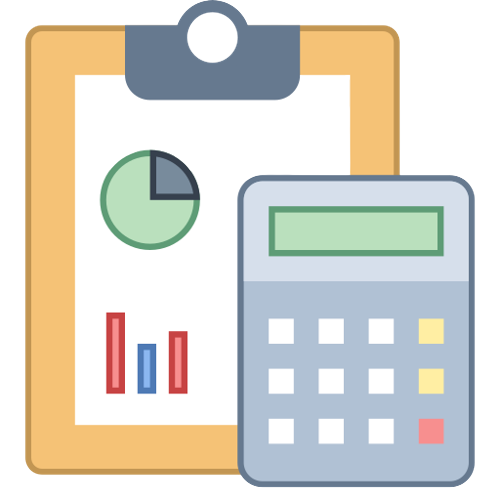The capital asset plan is a mechanism in which the input tax on capital assets initially recovered can be adjusted within a specified period of 10 to 5 years based on actual usage. Depending on the expected nature of the use, you will be allowed to recover the input VAT paid on capital goods in the first year. If there is any change in usage-from taxable supplies to partially or fully exempted supplies, and vice versa, you need to adjust the input VAT recovered earlier, which will result in additional VAT payable to the FTA or value added Additional value added tax recovered from taxes. Free trade agreement.
To understand what a capital goods plan is and what assets qualify for the plan, please read Capital Asset Plans in UAE Value Added Tax.
If you recover the input VAT in the first year and say that it will be used to provide taxable supplies, but later, if part or all of it is used to provide tax-free supplies/non-taxable supplies, the adjustment will result in additional to the FTA Pay VAT. On the other hand, if you recover less input VAT and indicate that it will be partly used for taxable supplies and tax-exempt/non-taxable supplies, but later used to make taxable supplies (beyond expectations), the adjustment will be This resulted in additional VAT being charged from the FTA.
Calculation of input value-added tax adjustments under the capital asset plan.
The input tax adjustment under the capital asset plan shall be calculated according to the following formula:
(Total input tax of capital account * usage change (original taxable usage percentage-actual taxable usage percentage))/adjustment period (effective life)
1. First, determine the total input value-added tax of the above capital goods.
2. Second, divide the total input tax by the useful life of the asset. For buildings, it is 10 years, in other cases it is 5 years.
3. In the future, multiply the above result by the change in usage, which is basically the difference between the expected usage when the input tax is recovered in the first year and the actual usage in that year.
4. The input VAT adjustment from point 3 will result in additional payment or additional recovery from the FTA.
Let us take an example to understand the input value-added tax calculation under the capital asset plan.
Abdul Traders, a grocery product wholesaler, purchased a commercial property and paid AED 200,000 in value added tax in January 2018. The intended use of the commercial property is for the business of supplying groceries.
Considering the above example, let us understand the input recycling of commercial housing and the input VAT adjustment (if any) due to the change in usage.
Abdul traders can recover 100% of the input VAT paid when purchasing commercial properties within the first year, that is, the input VAT of Dh200,000 in 2018. This is because Abdul Traders’ intended use of commercial buildings is to provide only taxable supplies.
In 2022, Abdul Traders established a transportation company in the same commercial building where the grocery store is located to provide services to local passengers in the form of taxis. 40% of commercial buildings are used to provide local passenger services.
Local passenger services are exempt from UAE VAT. From 2022, the commercial building will be used not only to provide taxable supplies (grocery products), but also to provide tax-free supplies (taxi services). This actually led to a change in the use of capital assets that were originally intended to be used for 100% of taxable supplies but were actually used for taxable and tax-free supplies.
Taking into account the above-mentioned changes in use, and considering that the service life of commercial buildings is 10 years, Abdul traders need to adjust the value-added tax input between 2022 and 2027.
Considering the following points, let us calculate the input VAT adjustments that Abdul Traders will need to make from 2022 to 2027:
1. The total input value-added tax of the commercial building is 200,000 dirhams.
2. The service life of commercial buildings is 10 years.
3. The usage change is 40% (tax-free supply), and taxable supply is 100%.
4. The input VAT recovered by Abdul Traders in 2018 was AED 200,000.
5. The method of use is changed to 6 years and needs to be adjusted between 2022 and 2027
The formula for entering the value-added tax adjustment is as follows:
(Total input tax of capital account*Use change (% of original taxable use-percentage of actual taxable use))/Adjustment period (effective life)
Adjustment in 2022 = (200,000 AED * 40%) / 10 years = 8000 AED
From 2022 to 2027, Abdul Traders must make an input VAT adjustment of Dh8,000 per year. However, there is no need to adjust from 2018 to 2021 because the intended use of capital assets has not changed
in conclusion
For companies investing in high-value assets (such as machinery, buildings, etc.), the regulations are very clear, that is, if the implicit use of capital assets changes during this period, the input value-added tax needs to be adjusted. These regulations are fair to free trade agreements and companies. As mentioned above, it enables companies to recover all input tax in the first year based on their intended use and prepare to repay them in the future based on changes in use.
related articles:-
1. Enter the value-added tax adjustment in the VAT return 201


























